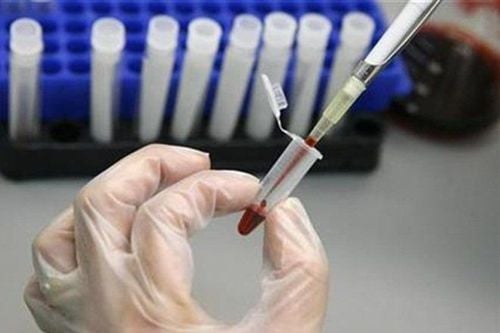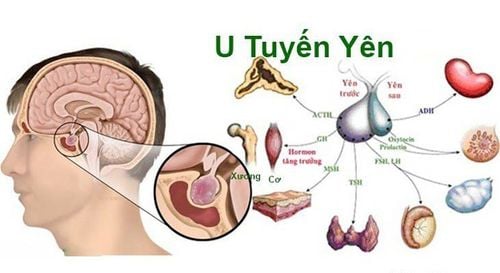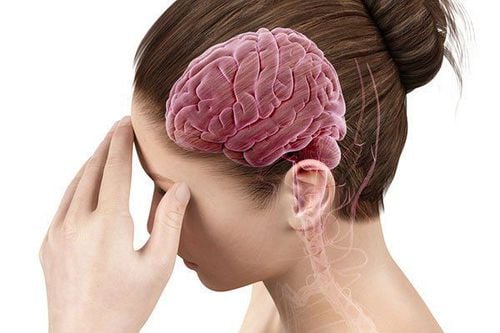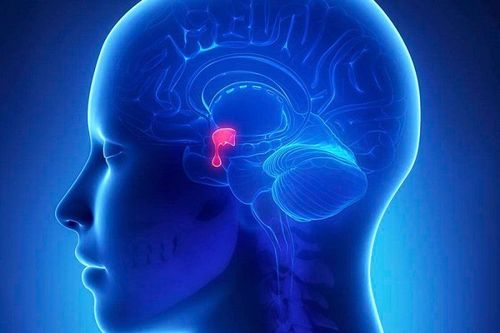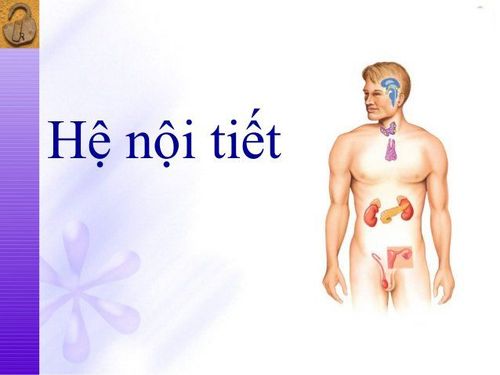This is an automatically translated article.
Pituitary stroke is a very dangerous and rare disease, often with typical symptoms such as: sudden headache, impaired vision, impaired consciousness, the main cause is pituitary bleeding caused by pituitary bleeding. .
1. What causes pituitary bleeding?
Here are some of the main causes of pituitary bleeding in patients:
Tumors of the pituitary gland are also the most common cause of pituitary bleeding 5 times higher than other types of brain tumors . The patient has had major heart surgery such as surgery related to coronary artery bypass. Treatment and use of anticoagulants. Have a blood clotting disorder. Oestrogen therapy. Pregnant. Head radiation therapy. Having a head injury.
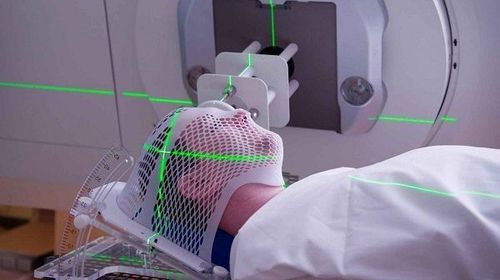
Xạ trị đầu cổ có thể dẫn đến chảy máu tuyến yên
2. What are the symptoms of pituitary bleeding?
2.1 Clinical symptoms Most cases usually have an acute onset, but some patients will have a subacute or gradual onset:
The patient suddenly has a severe headache and the pain is usually located at the location of the pain. centered behind the orbit, sometimes on both sides of the forehead or diffusely. Blurred vision. Other common symptoms are damage to the oculomotor nerve, with common manifestations such as: dilated pupils, drooping eyelids, strabismus, double vision... Decreased pituitary hormone secretion.
2.2 Subclinical 2.2.1 MRI imaging is the first choice to diagnose pituitary bleeding.
Using diffusion magnetic resonance allows us to detect very early cases of ischemic stroke because it allows detection and recognition of diffusion conditions of water outside body cells, This is a very early condition in patients with ischemic stroke.
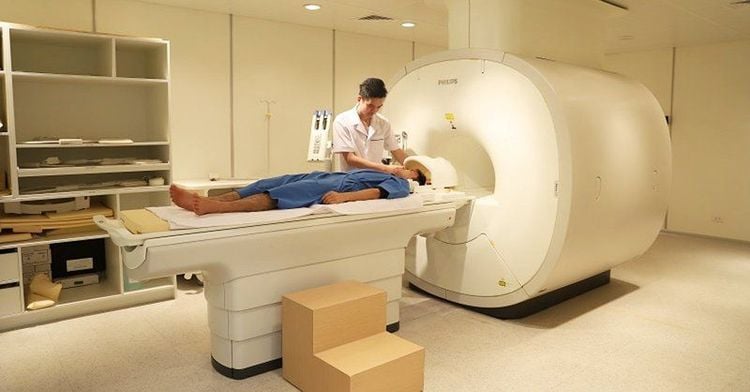
Chẩn đoán chảy máu tuyến yên bằng hình ảnh
2.2.2 Brain CT Has low sensitivity. But often used to detect pituitary bleeding, there is an increased density in the pituitary gland.
3. Treatment of pituitary bleeding
3.1 Medical emergency Treating patients with medical emergency is the most basic and effective measure.
Patients with pituitary bleeding in the acute stage will have to be treated in active treatment areas, combined with close monitoring, and appropriate nutrition. In addition, it is necessary to organize consultations with close coordination between doctors of neurology, neurosurgery and endocrinology.

Bệnh nhân cần được điều trị và theo dõi chặt chẽ
3.2 Steroid therapy for patients with pituitary bleeding Acute adrenal insufficiency is present in two-thirds of all patients with bleeding pituitary stroke and is a major cause of death. Therefore, quantitative cortisol testing must be initiated early along with monitoring of the entire course of treatment. Patients with bleeding in the brain often experience nausea, especially in the acute phase. Therefore, patients should not use oral medications.
Hydrocortisone 100 - 200mg is usually used for intravenous injection, maintaining 2 - 4mg/hour into the intravenous line. After the acute phase, gradually reduce the amount of hydrocortisone 20-30mg/day and then switch to oral medication. Any questions that need to be answered by a specialist doctor as well as if you want to be examined and treated at Vinmec International General Hospital, you can contact Vinmec Health System nationwide or register online. online HERE.




